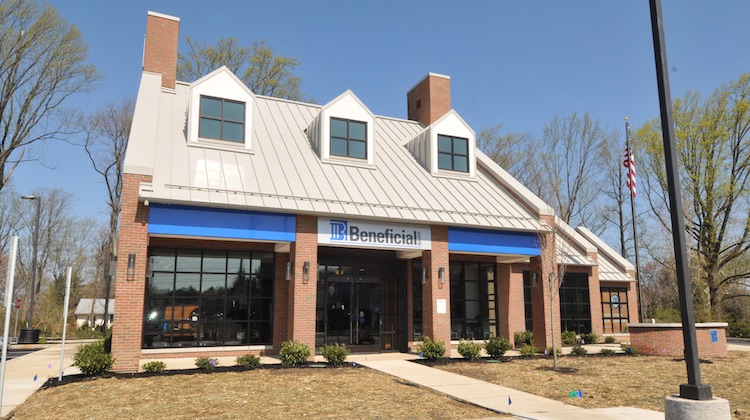The Customer Effect
Inside Beneficial Bank’s business banking strategy
- Philadelphia-based Beneficial Bank focuses on in-person customer relationships to build loyalty
- Branches are an important part of its approach to keep customers, by providing them comfortable spaces to work and have discussions with bankers if they choose to do so





